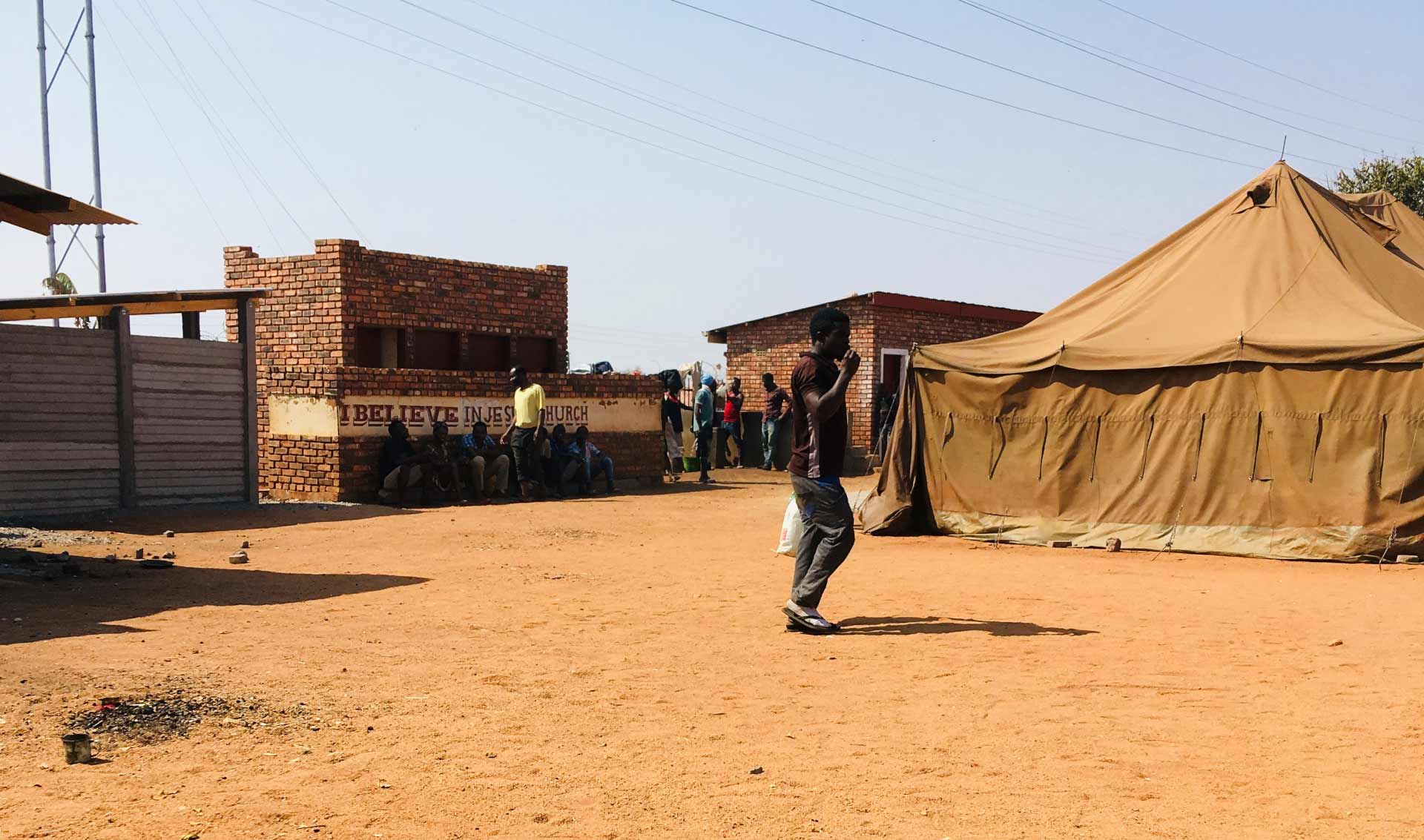During the festive season in 2020, migrants amassed in their thousands at border posts between South Africa and its neighbours due to a lack of coordination between governments and failure to implement strategies that Southern African Development Community (SADC) member states had agreed on. A Zimbabwean citizen died after collapsing near the Beitbridge border in Limpopo after she complained of fatigue and feeling dizzy while waiting in a bus. Altogether, at least 15 reportedly died in delays to control migration at the Zimbabwe-South Africa border.
This led some to argue that high-level talks and use of SADC guidelines on the pandemic should have been used to prevent a crisis. However, there is nothing new about this neglect. What we are seeing, rather, is the proliferation of immobility as a component of dispersed governance at the Zimbabwe-South Africa border. This governance applies to Zimbabwean migrants whose immobility is characterised by challenges that make it undesirable to return to Zimbabwe and difficult to move forward in South Africa, or invest in any kind of future elsewhere. Their desire to move confronts, and in turn, reshapes state regulation of people, processes and place.
This is a part of a blog post published by Kudakwashe Vanyoro.
